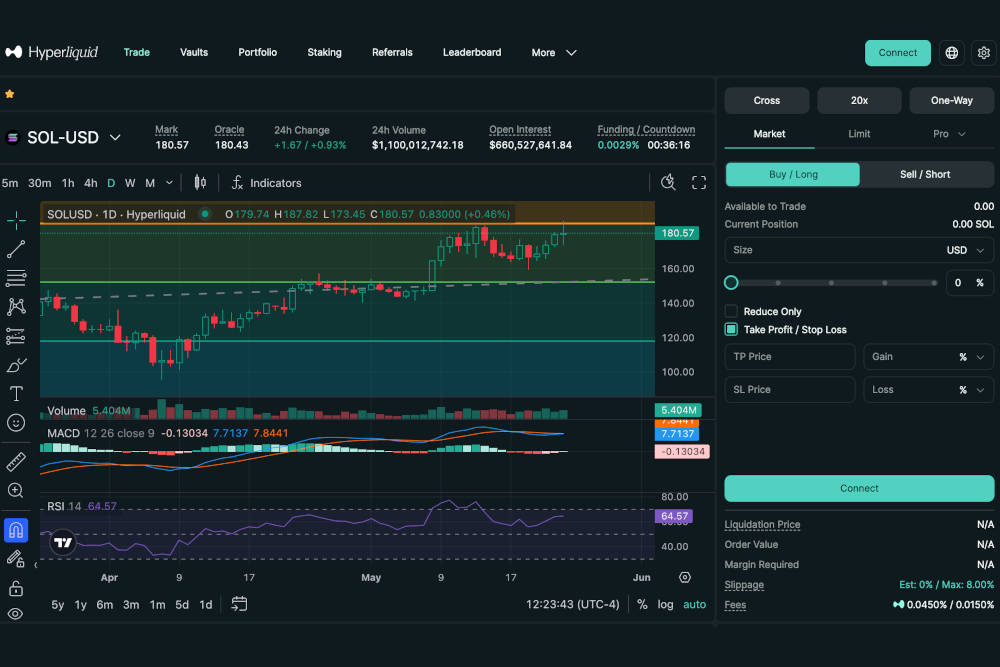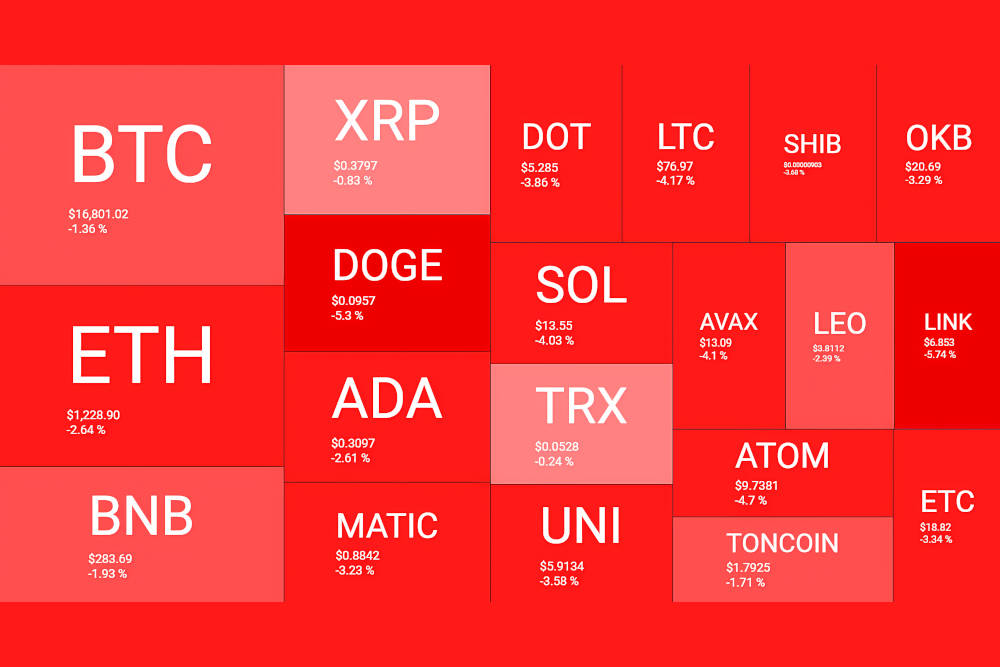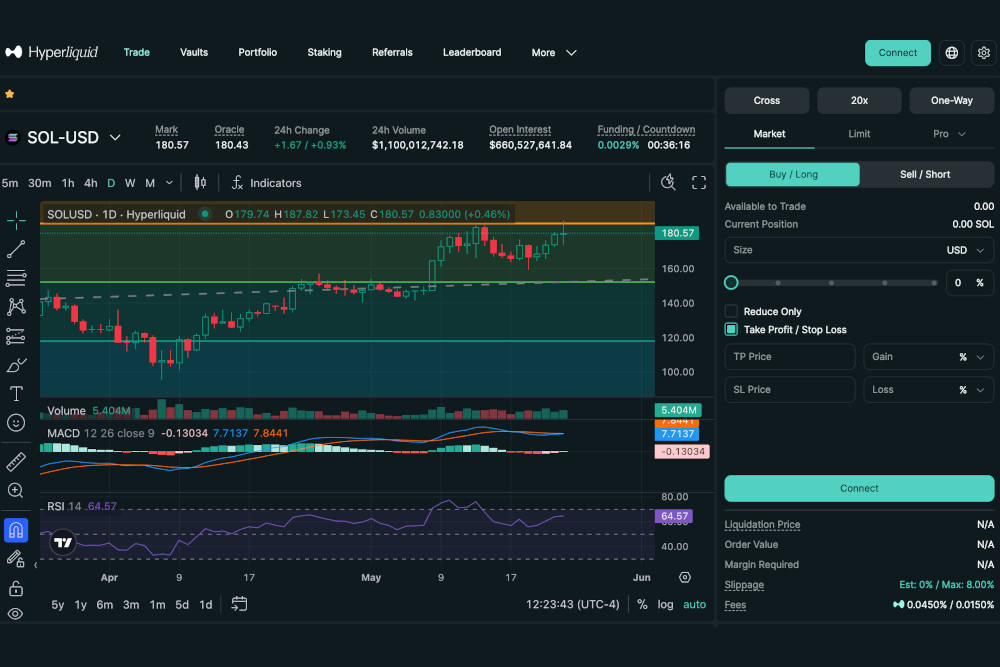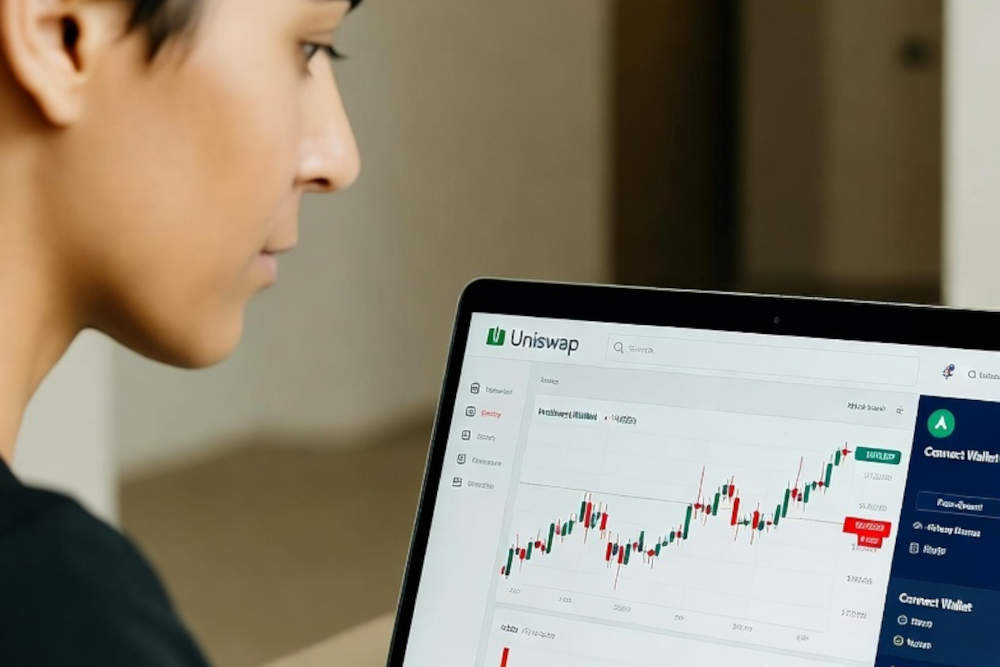
For beginners, the best timeframe depends on your goals, risk tolerance, and how much time you can dedicate, but generally:
1. Long-Term Investing (Recommended for Most Beginners)
-
Timeframe: Months to years
-
Why:
-
Less stressful, less time-consuming
-
You can focus on learning fundamentals without the pressure of minute-to-minute moves
-
Compounding works in your favor
-
-
Best For: Learning markets, growing wealth steadily, low-stress start
2. Swing Trading (Intermediate Beginner Option)
-
Timeframe: Days to weeks
-
Why:
-
Captures short-term trends without watching charts all day
-
Teaches risk management, chart reading, and discipline
-
Less stressful than day trading
-
-
Best For: Those who want faster feedback than investing but aren’t ready for constant monitoring
3. Day Trading (Not Recommended for Beginners)
-
Timeframe: Minutes to hours
-
Why Not:
-
Very high risk and emotional stress
-
Requires quick decision-making and advanced strategies
-
Most beginners lose money here
-
-
Best For: Only after gaining experience with swing trading or investing
Summary Recommendation for Beginners
-
Start with long-term investing to build confidence, understand markets, and practice patience.
-
Once comfortable, experiment with swing trades using a small portion of your portfolio.
-
Avoid day trading until you have experience, strategy, and discipline.
Yes, a 1-hour chart can be good for swing trading, but it depends on your strategy and how long you plan to hold trades. Let me break it down:
Why 1-Hour Charts Work for Swing Trading
-
Timeframe: Each candle = 1 hour → shows short-term trends clearly
-
Trade Duration: Typically 1–7 days
-
Advantages:
-
Captures intra-day momentum without needing minute-by-minute monitoring
-
Helps identify entries/exits with more precision than daily charts
-
Balances detail (enough to time trades) with trend clarity (not too noisy like 5–15 min charts)
-
Tips for Using 1-Hour Charts in Swing Trading
-
Combine with Higher Timeframes:
-
Look at the daily chart to identify the overall trend.
-
Use the 1-hour chart to time entries, stop-losses, and exits.
-
-
Set Clear Stop-Losses & Take-Profits:
-
Swing trades still carry risk; 1-hour charts can help define precise levels.
-
-
Avoid Overtrading:
-
Don’t treat every small 1-hour move as a trade; stick to setups that match your plan.
-
-
Check Key Levels:
-
Support/resistance, trendlines, and moving averages from daily charts still matter.
-
✅ Bottom Line:
-
1-hour charts are a good middle ground for swing traders: detailed enough to time trades well, but not so fast that it becomes stressful.
-
For beginners, combining daily + 1-hour charts is often the safest approach.
For swing trading on a 1-hour chart, the best strategy combines trend-following, support/resistance, and risk management. Here’s a beginner-friendly yet effective approach:
1. Identify the Trend
-
Use the daily chart to see the bigger picture (uptrend, downtrend, sideways).
-
On the 1-hour chart, look for pullbacks in the direction of the main trend.
-
Tools:
-
Moving Averages (50 MA and 200 MA)
-
Trendlines
-
2. Key Levels & Patterns
-
Support & Resistance: Identify recent highs/lows; trade bounces or breakouts.
-
Chart Patterns:
-
Flags and pennants → continuation of trend
-
Double tops/bottoms → potential reversals
-
-
Candlestick Signals: Look for reversal or continuation patterns at key levels (e.g., pin bars, engulfing candles).
3. Entry Rules
-
Trade in the direction of the main trend (trend-following is safer than counter-trend).
-
Enter when:
-
Price pulls back to support/resistance or moving average
-
Candle shows confirmation (bullish/bearish reversal signal)
-
-
Avoid entering impulsively; wait for confirmation.
4. Exit & Risk Management
-
Stop-Loss: Place below recent swing low (for longs) or above swing high (for shorts).
-
Take-Profit: 1–3x your risk (Risk-Reward Ratio 1:2 or 1:3).
-
Position Sizing: Risk only 1–2% of your portfolio per trade.
5. Optional Enhancements
-
RSI or Stochastic: Avoid overbought/oversold extremes for entries.
-
Volume Confirmation: Higher volume on breakout → stronger signal.
-
Multiple Timeframe Confirmation: Align 1-hour setups with daily trend for higher probability.
✅ Why it works:
-
Combines trend-following (safer) with timely entries (1-hour chart).
-
Uses clear risk management, which is crucial for beginners.
-
Avoids overtrading—trades only when setups align with trend and support/resistance.
Let’s lay out a step-by-step visual setup for a swing trade on the 1-hour chart (text-based, but easy to imagine — I can also sketch a chart if you’d like).
Panaprium is independent and reader supported. If you buy something through our link, we may earn a commission. If you can, please support us on a monthly basis. It takes less than a minute to set up, and you will be making a big impact every single month. Thank you!
📊 Example Swing Trade Setup (1-Hour Chart)
1. Confirm the Trend (Daily Chart)
-
Check the daily chart → Price is in an uptrend (higher highs, higher lows).
-
Add 50-day and 200-day moving averages → Both sloping upward, confirming the trend.
2. Zoom Into 1-Hour Chart
-
Price pulls back toward the 50-period moving average (1-hour).
-
A clear support zone from previous highs/lows is nearby.
3. Entry Signal
-
At support, a bullish engulfing candle forms on the 1-hour chart (strong reversal sign).
-
Entry point: Just above the engulfing candle’s high.
4. Stop-Loss Placement
-
Place stop-loss just below the recent swing low (e.g., 1–2% risk of your portfolio).
5. Take-Profit Target
-
Target is 2–3x the stop-loss distance.
-
Example: If stop = 50 points below entry, set target = 100–150 points above entry.
6. Risk Management
-
Risk only 1–2% of total portfolio per trade.
-
If account = $10,000 → Max loss per trade = $100–$200.
✅ Resulting Setup (Simple Visual):
Daily Chart → Uptrend confirmed
|
v
1-Hour Chart:
• Price pulls back to support
• Bullish engulfing candle forms
• Entry above candle high
• Stop-loss below swing low
• Take-profit 2–3x risk distance
This way, you’re trading with the trend, waiting for confirmation, and controlling risk — which is exactly what beginners need for swing trading.
Knowing when to move your stop-loss is just as important as placing it correctly in the first place. Here’s how pros usually handle it in swing trading (especially on a 1-hour chart):
✅ General Rules for Moving a Stop-Loss
1. Don’t Move It Backward (Never Widen Risk)
-
A stop-loss is your safety net.
-
If price moves against you, never move it farther away — that just increases your risk.
2. Move It to Break-Even (When Trade is Safe)
-
Once price moves in your favor by about the same distance as your original risk (1R), consider moving stop-loss to your entry point (break-even).
-
This eliminates the chance of turning a winning trade into a loser.
3. Trail Behind Higher Lows / Lower Highs
-
In an uptrend (long trade): Move your stop just below each new higher low.
-
In a downtrend (short trade): Move your stop just above each new lower high.
-
This locks in profits while giving price room to breathe.
4. Use Technical Levels
-
Adjust stop-loss to support/resistance zones, trendlines, or moving averages as the trade develops.
-
This way, your stop is protected by a logical level, not just an arbitrary number.
5. Partial Profit + Tighten Stop
-
When price reaches your first profit target (e.g., 1.5–2R), take partial profits.
-
Then tighten your stop (maybe trail it closer) to protect gains on the rest of the position.
📊 Example on a 1-Hour Swing Trade
-
Entry: $100
-
Stop-loss: $95 (risk = $5)
-
Target: $110
-
Price moves to $105 → Move stop to $100 (break-even).
-
Price forms a new higher low at $103 → Move stop to $102.50.
-
Price reaches $110 → Close trade or trail stop below last higher low to let winners run.
✅ Golden Rule: Move stops only when price action proves your trade is working (new structure forms). Don’t micromanage every candle — let the trade breathe.
Was this article helpful to you? Please tell us what you liked or didn't like in the comments below.
Disclaimer: The above content is for informational and educational purposes only and does not constitute financial or investment advice. Always do your own research and consider consulting with a licensed financial advisor or accountant before making any financial decisions. Panaprium does not guarantee, vouch for or necessarily endorse any of the above content, nor is responsible for it in any manner whatsoever. Any opinions expressed here are based on personal experiences and should not be viewed as an endorsement or guarantee of specific outcomes. Investing and financial decisions carry risks, and you should be aware of these before proceeding.
About the Author: Alex Assoune
What We're Up Against
Multinational corporations overproducing cheap products in the poorest countries.
Huge factories with sweatshop-like conditions underpaying workers.
Media conglomerates promoting unethical, unsustainable products.
Bad actors encouraging overconsumption through oblivious behavior.
- - - -
Thankfully, we've got our supporters, including you.
Panaprium is funded by readers like you who want to join us in our mission to make the world entirely sustainable.
If you can, please support us on a monthly basis. It takes less than a minute to set up, and you will be making a big impact every single month. Thank you.
































0 comments